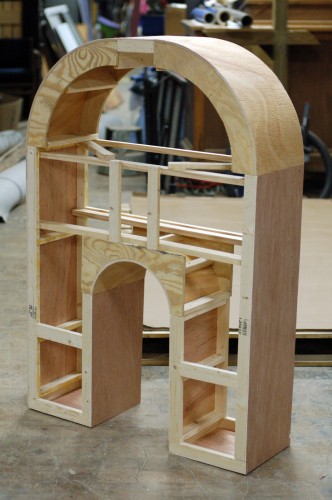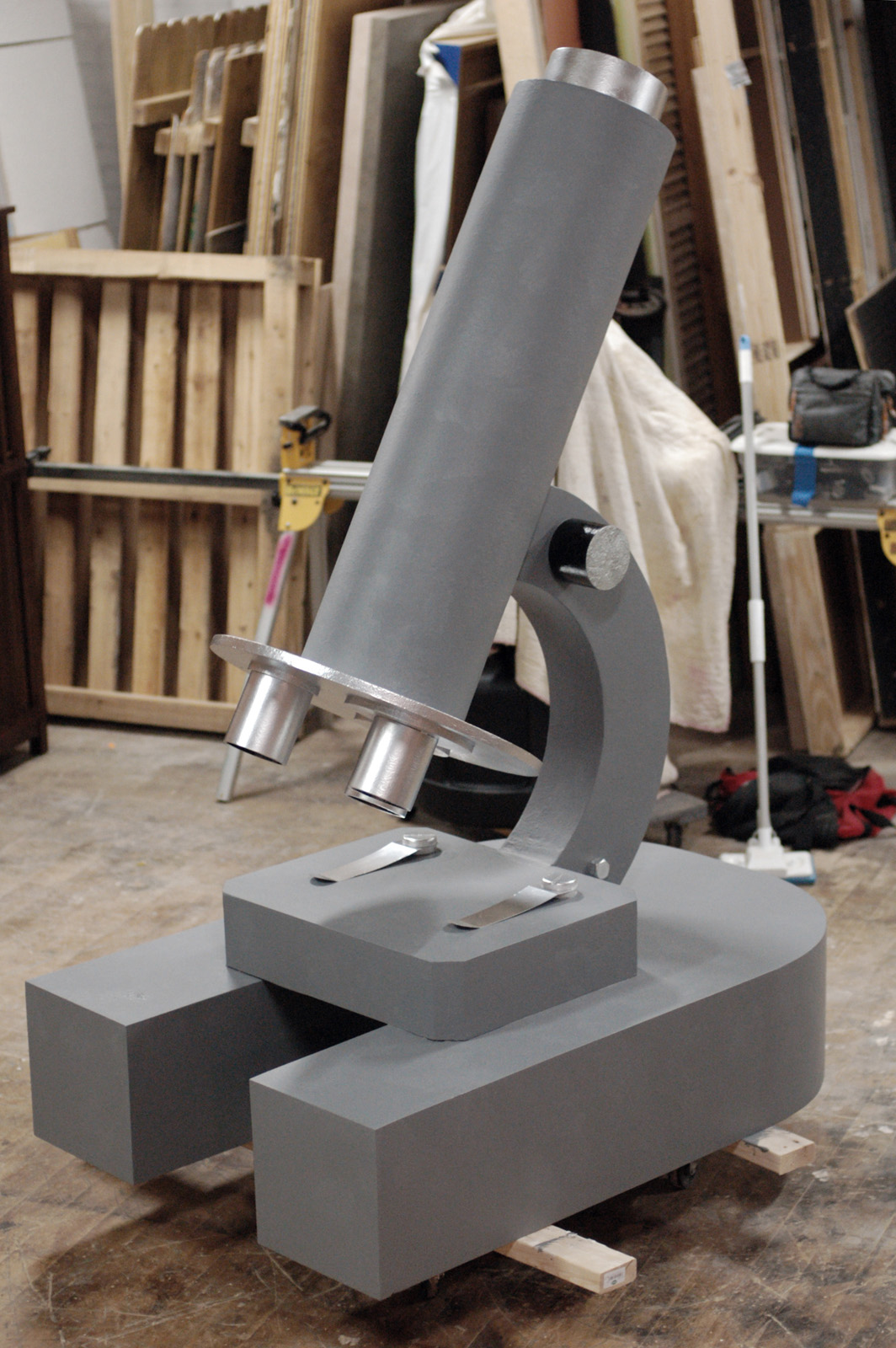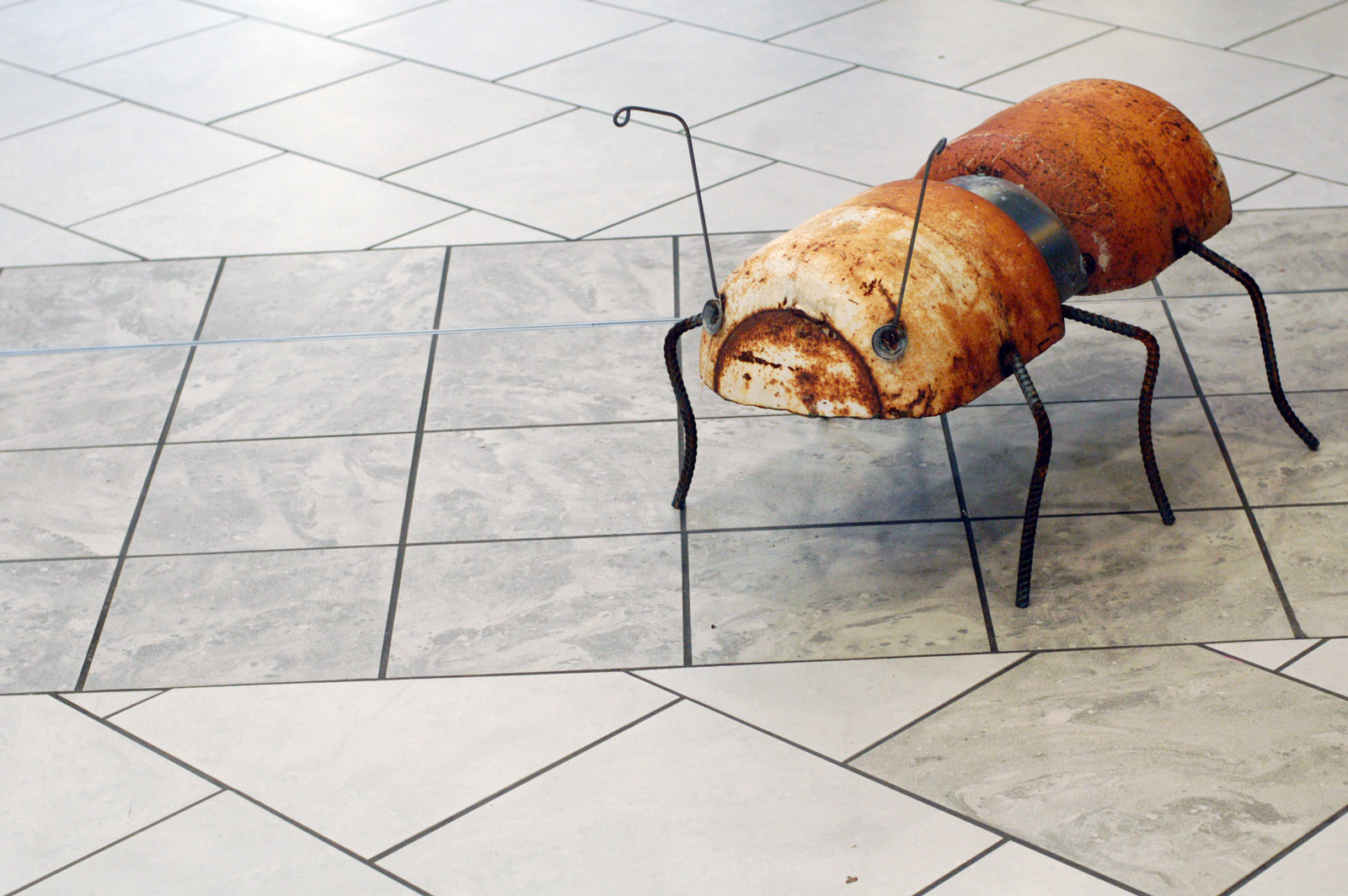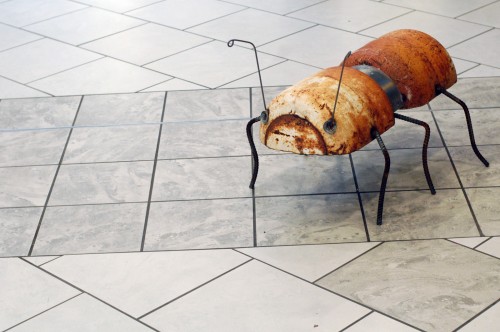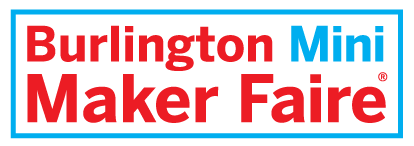Just a reminder that tomorrow from 9am to 10pm at the Holly Hill Mall in Burlington, NC, is the first Burlington Mini Maker Faire. Check it out if you are in the area and you like making things. The mall parking lot will be hosting a D.A.R.E. carnival that day too, so after you look at the robots and wood lathes, you can ride a cocaine-free ferris wheel.
“A career in theatre props” is a well written article about Antony Barnett, Head of Props at the Royal Opera House. It discusses what he does as the lead prop maker at a very busy shop. It is also interesting in telling how British prop makers learn their craft and get started in the business.
Sad news out of Brazil;Â Tiago Klimeck, an actor playing Judas in an Easter Passion play, died from an accidental hanging during a performance. The article, while light on details, does mention that authorities think “the knot may have been wrongly tied.” The only safe way to do a live hanging is with the rope attached in the back to a harness under the actor’s costume. The loop of rope in the front should be incapable of holding any weight, and should be able to break away when the slightest bit of weight is applied. In other words, there should not be a knot that can accidentally be “wrongly tied”; there should not be any knot. Though this story may remind you of the accidental hanging of an actress in a Halloween haunted house last year (the girl lived), in that case, the noose was never intended for live hangings. It was simply a prop “used for visual affect” (I am not sure why articles on accidental hangings all need grammatical errors).
I just came across this, though it is from 1996. Patrick Tatopoulos is the maker of monsters from Stargate (the film), Independence Day, the John Cusack Godzilla film, and many others. Visual Effects Headquarters has an interview with him and a look at how he got started and what he has accomplished.
I missed this on the first go-around, but in honor of the 100th anniversary of the Titanic disaster, Popular Woodworking Magazine has posted free plans and instructions to build the deck chairs used on that infamous ship. It’s a complicated and involved chair, but it looks like a fun project if you want to own a piece of history (or if you are doing the musical Titanic).
Christopher Schwartz has posted the first chapter from Bernard Jones’ “The Practical Woodworker” on building crates and packing boxes. Crates and boxes seem like an easy item to construct, but the endless varieties and methods to construct them make them a good first project for a budding carpenter. Besides that, we build a lot of boxes in props, and even complicated forms have elements of box construction somewhere in them. This chapter does a great job of showing some of the more popular standards for box and crate construction.
